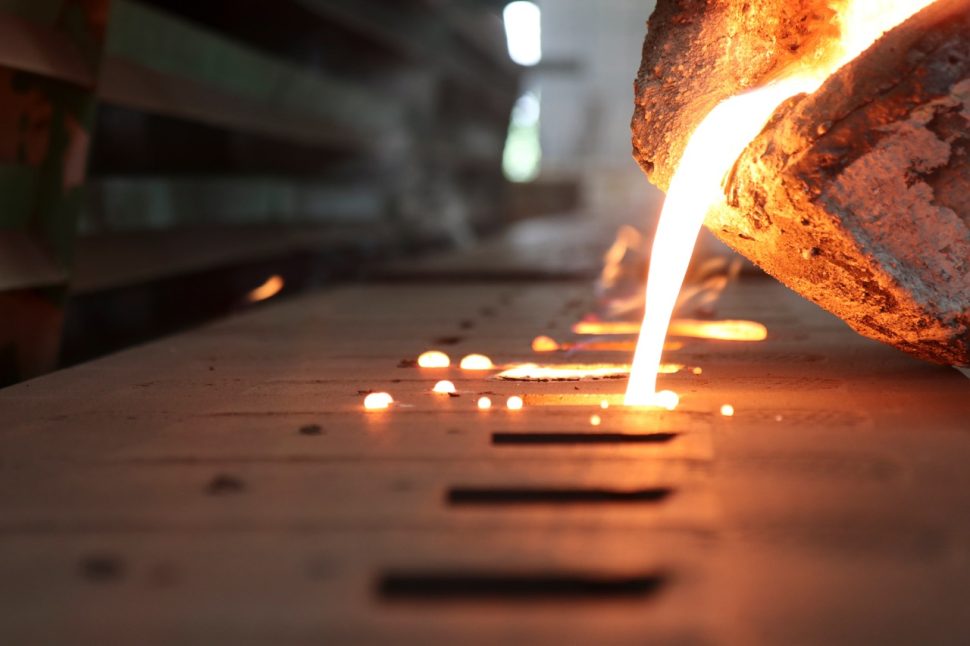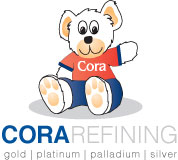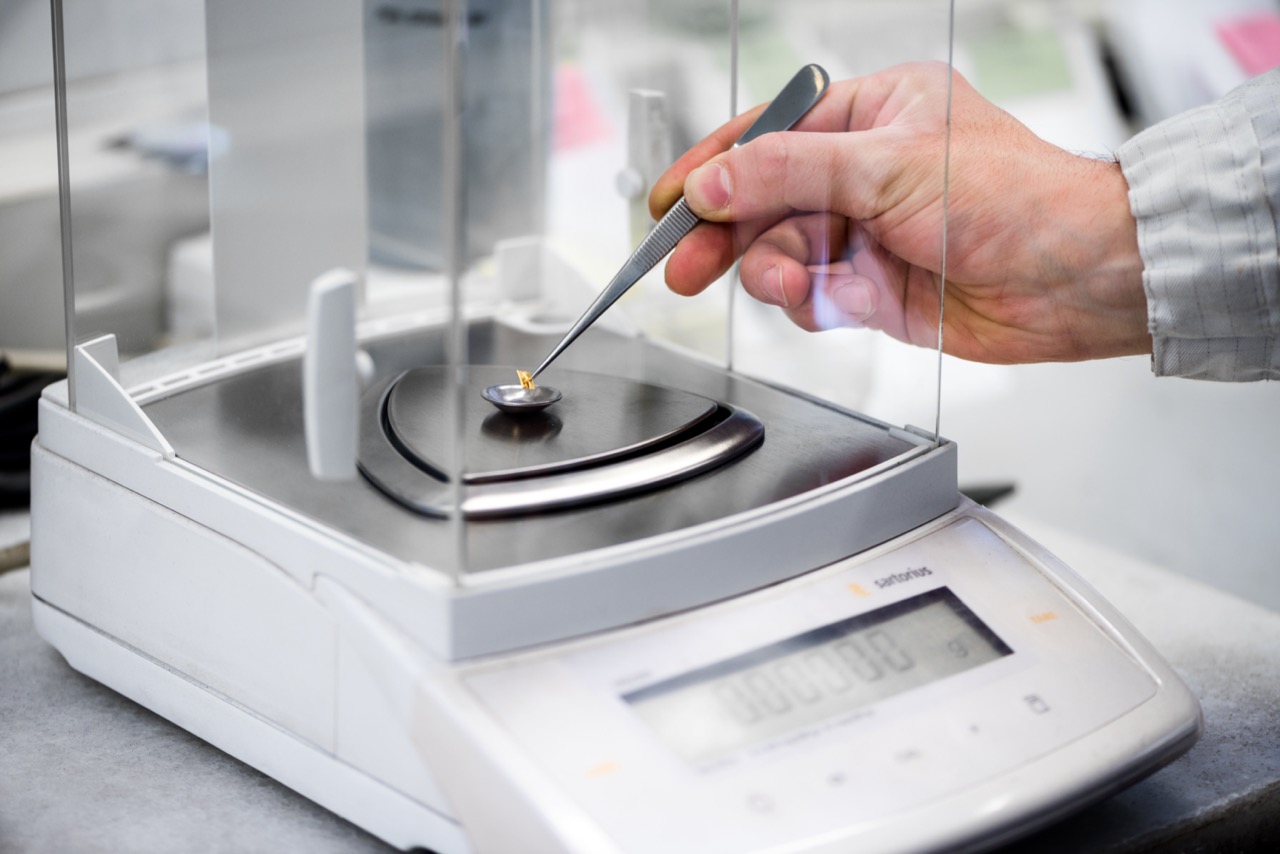When it comes to dental scrap refining, many oral surgeons and dental professionals don’t realize just how much value is hidden in the materials they routinely discard. Crowns, bridges, and other dental work often contain high-value precious metals like gold, platinum, palladium, and silver. However, the actual value of these materials is impossible to determine by sight alone. That’s where professional assay testing comes in.
High-quality refining companies use precise scientific methods to determine the exact metal content of dental scrap, ensuring fair and accurate compensation for dentists, oral surgeons, and other dental professionals. Among the most reliable testing methods are fire assay, gravimetric precipitation, and X-ray fluorescence (XRF) spectrometry. Each of these techniques has its own advantages and applications, but all play a crucial role in determining the true value of your dental scrap.
In this article, we’ll explore these three important assay methods, explain how they work, and discuss why choosing a refiner that performs precise testing is essential for maximizing your returns.
Why Assay Testing Matters in Dental Scrap Refining
Many oral surgeons rely on refining representatives who offer on-the-spot payments for dental scrap. Instead of testing the materials, they provide an estimate based on weight or appearance. However, without proper testing, these estimates are often significantly lower than the actual value of the materials. Since dental scrap frequently contains a mix of different metals (precious as well as non-precious metals), the only way to ensure accurate pricing is through assay testing. Performing an assay on the materials allows refiners to separate, identify, and quantify the precious metal content of the scrap.
By understanding how assay testing works, dentists can make informed decisions when selecting a refining service—one that prioritizes accuracy, transparency, and fair payouts.
Fire Assay: The Gold Standard of Precious Metal Testing
What Is Fire Assay?
Fire assay, also known as cupellation, is one of the oldest and most accurate methods for testing the metal content of dental scrap. It has been used for centuries to assess gold purity and remains the preferred method for determining precise gold content.
How Fire Assay Works
- Sample Preparation: A small, representative sample of the dental scrap is taken for testing.
- Melting Process: The sample is mixed with fluxing agents (such as lead oxide and borax) and heated to extremely high temperatures in a specialized furnace. The flux helps separate the precious metals from other materials.
- Cupellation: The molten metal is poured into a cupel (a porous crucible), where lead and other non-precious metals oxidize and are absorbed into the cupel, leaving behind only gold and other noble metals.
- Weighing and Calculation: The remaining gold is weighed, and the purity is calculated based on the original sample weight.

Advantages of Fire Assay
- Extremely accurate for determining gold content.
- Considered the most reliable method for assaying precious metals.
- Provides precise measurements down to fractional percentages.
Limitations of Fire Assay
- Time-consuming (typically requires several hours to complete).
- Destructive process (the tested sample cannot be returned in its original form).
- Primarily used for gold and some platinum group metals but not ideal for silver or palladium.
Gravimetric Precipitation: Precision in Platinum and Palladium Testing
What Is Gravimetric Precipitation?
Gravimetric precipitation is a method used primarily for analyzing platinum and palladium content in dental scrap. This chemical-based technique isolates specific metals through controlled precipitation reactions.
How Gravimetric Precipitation Works
- Dissolution: The dental scrap sample is dissolved in a strong acid solution (often aqua regia, a mixture of nitric acid and hydrochloric acid).
- Precipitation: Specific reagents are introduced to selectively precipitate platinum or palladium from the solution as solid compounds.
- Filtration and Drying: The solid metal compounds are filtered, dried, and weighed.
- Final Calculation: The weight of the precipitate is used to determine the concentration of the metal in the original sample.
Advantages of Gravimetric Precipitation
- Highly accurate for platinum and palladium analysis.
- Effective at isolating specific metals without interference from other elements.
- Used alongside fire assay for a comprehensive analysis of dental scrap.
Limitations of Gravimetric Precipitation
- Requires specialized chemical handling and expertise.
- Time-consuming compared to XRF.
- Like fire assay, it is a destructive testing method.
X-Ray Fluorescence (XRF) Spectrometry: Fast and Non-Destructive Testing
What Is X-Ray Fluorescence Spectrometry?
XRF spectrometry is a modern, non-destructive technique used to quickly analyze the metal content of dental scrap. This method is particularly useful for initial assessments and for clients who want immediate insights into their materials’ composition.
How XRF Works
- Sample Preparation: The dental scrap is processed to create a homogenous sample and is placed inside an XRF analyzer.
- X-Ray Emission: The machine emits high-energy X-rays onto the sample, causing the atoms to fluoresce (emit secondary X-rays).
- Elemental Analysis: The emitted X-rays are detected and analyzed to determine the metal composition and concentrations.
- Report Generation: Within minutes, the results are displayed, providing an estimated breakdown of the metal content.
Advantages of XRF Spectrometry
- Fast and non-destructive (the sample remains intact after testing).
- Provides a general estimate of metal composition within minutes.
- Ideal for initial assessments before more precise testing methods like fire assay or gravimetric precipitation are used.
Limitations of XRF Spectrometry
- Less precise than fire assay and gravimetric precipitation for exact metal content.
- Struggles with accurate readings for trace amounts of certain metals.
- May require additional testing for final valuation.
Choosing a Dental Refiner That Prioritizes Assay Testing
As a dental professional, ensuring you receive the maximum value for your dental scrap depends on selecting a refiner that utilizes professional assay techniques. When choosing a refining service, consider the following:
- Do they use multiple testing methods? The best refiners will combine XRF for quick analysis with fire assay and gravimetric precipitation for accurate final results.
- Do they provide a detailed report? Transparency is key. A reputable refiner will offer a breakdown of your scrap’s composition.
- Do they have a proven track record? Work with a refiner that specializes in dental scrap and has been in business for a long time.
- Do they offer competitive payouts? Refiners that test for metal content generally offer higher payments than those that estimate value visually.
Precision Pays Off with Higher Returns
Dental scrap refining is a valuable revenue stream for oral surgeons, but only if the materials are tested accurately. Fire assay, gravimetric precipitation, and XRF spectrometry are three essential methods for determining scrap value, each with its own role in the refining process.
By choosing a refiner that prioritizes precise assay testing, oral surgeons can ensure they receive fair compensation for their materials. Rather than settling for quick cash payments based on rough estimates, investing in proper refining services leads to higher payouts, better transparency, and ultimately, smarter financial decisions for your practice.
Understanding how these testing methods work empowers you to make informed choices—so the next time you have dental scrap to refine, you’ll know exactly what to look for in a refining partner.
Is your dental practice looking for a new refiner? Contact us or request a free refining kit and you’ll be on your way to higher returns for your dental scrap.

